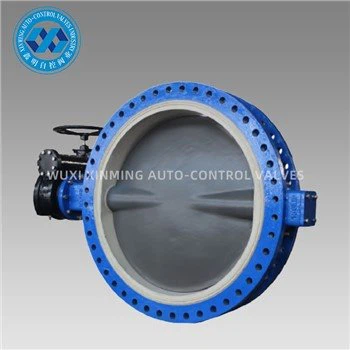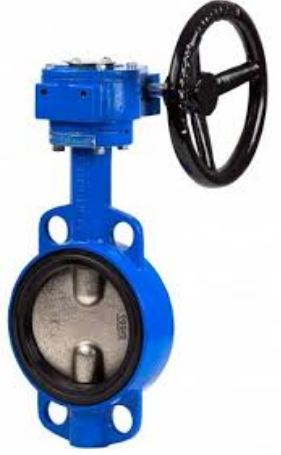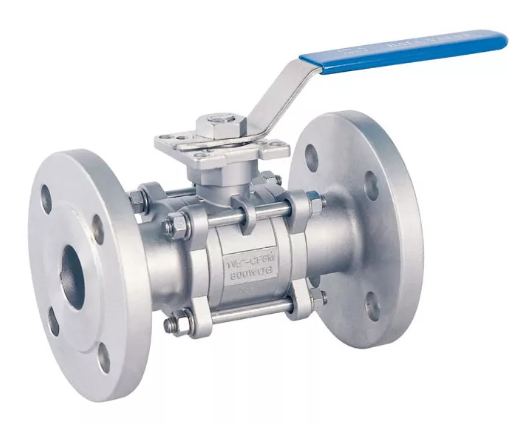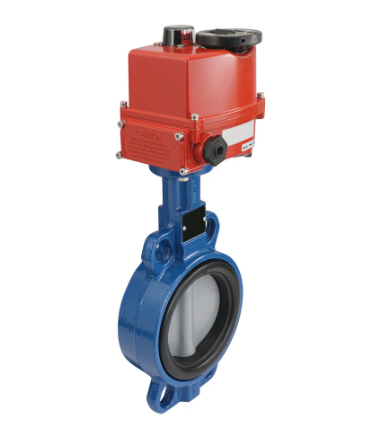Pneumatic actuators play a vital role in industrial automation by converting compressed air into mechanical motion. They are widely used in valve automation, material handling, and process control across industries such as oil & gas, chemical processing, food & beverage, power generation, and water treatment.
To ensure reliable operation, it is crucial to understand the pneumatic actuator parts, their functions, and how to maintain or replace them. This article provides a comprehensive guide on actuator components, spare parts, repair kits, and best practices for selecting high-quality products.
What Are Pneumatic Actuator Parts?
A pneumatic actuator is made up of several critical components that work together to deliver precise motion. These pneumatic actuator parts include the cylinder, piston or diaphragm, seals, springs, end caps, bearings, and connection shafts. Each part has a unique function, and failure of even a single component can affect actuator efficiency and safety.
In addition to core parts, various pneumatic actuator accessories and repair kits are available to extend service life and improve performance.
Main Pneumatic Actuator Components
1. Cylinder (Housing or Body)
The cylinder is the main structural part of a pneumatic actuator. It houses the piston or diaphragm and contains the compressed air during operation. High-quality actuators use aluminum, stainless steel, or composite materials for durability and corrosion resistance.
2. Piston or Diaphragm
The piston or diaphragm converts compressed air into linear or rotary motion:
-
Piston Actuators – Provide high torque, suitable for large industrial valves.
-
Diaphragm Actuators – Offer precise, smooth movement, commonly used in control valve applications.
3. Spring (for Spring-Return Actuators)
Spring-return actuators are designed with internal springs that push the actuator back to its fail-safe position when air supply is lost. This is critical for emergency shutdown (ESD) systems in industries where safety is a top priority.
4. End Caps
End caps seal the cylinder on both sides. They help contain the compressed air and maintain structural strength.
5. Seals and O-Rings
Seals and O-rings are responsible for preventing air leakage. Common materials include NBR (nitrile rubber), Viton, and PTFE. High-quality seals reduce energy loss and extend the actuator’s operating life.
6. Valve Stem or Shaft Connection
This part connects the actuator to the valve. The torque generated by the piston is transferred through the shaft, allowing the valve to open, close, or modulate.
7. Bearings and Fasteners
Bearings reduce friction between moving parts, while bolts and nuts hold the actuator assembly together. Though small, these components are essential for smooth operation and long-term reliability.
Pneumatic Actuator Spare Parts and Repair Kits
Regular operation can cause wear and tear on actuator parts. For this reason, manufacturers and suppliers offer pneumatic actuator spare parts and repair kits.
Common Replacement Parts Include:
-
Seals and O-rings
-
Springs
-
Bearings
-
Valve shaft couplings
-
End caps
Benefits of Using Repair Kits:
-
Extend the lifespan of the actuator
-
Minimize downtime and costly replacements
-
Ensure consistent valve performance
-
Provide cost-effective maintenance solutions
When selecting pneumatic actuator repair kits, always choose products from trusted suppliers to ensure compatibility and performance.
Pneumatic Actuator Accessories
In addition to core parts, several accessories improve functionality:
-
Positioners – For accurate valve positioning and control.
-
Limit Switches – Provide open/close feedback to control systems.
-
Solenoid Valves – Control air supply direction to the actuator.
-
Manual Override Devices – Allow manual operation during emergencies.
-
Air Filter Regulators – Ensure clean and stable compressed air supply.
These accessories are critical for industries where automation accuracy and reliability are non-negotiable.
Importance of High-Quality Pneumatic Actuator Parts
Using premium-quality actuator parts and accessories ensures:
-
Extended Service Life – Durable materials resist wear and corrosion.
-
Reduced Downtime – Reliable operation prevents unexpected failures.
-
Improved Safety – High-quality springs and seals prevent accidents.
-
Higher Efficiency – Proper sealing reduces air leakage and energy costs.
How to Choose the Right Pneumatic Actuator Parts
When sourcing replacement parts or new components, consider the following:
-
Operating Environment – Corrosive or extreme temperature conditions require stainless steel housings and high-grade seals.
-
Pressure and Torque Requirements – Ensure compatibility with the actuator’s design and valve specifications.
-
Actuator Type – Double-acting vs. spring-return designs require different spare parts.
-
Supplier Reliability – Choose suppliers who provide OEM-quality actuator spare parts and repair kits.
-
Maintenance Plan – Select parts based on service intervals and application criticality.
Applications of Pneumatic Actuators and Parts
Pneumatic actuators and their components are widely used in:
-
Oil & Gas Industry – Valve automation in pipelines and refineries.
-
Water Treatment Plants – Reliable flow control in harsh environments.
-
Food & Beverage Industry – Hygienic actuators with corrosion-resistant parts.
-
Power Generation – Precise valve control in boilers and turbines.
-
Chemical Processing – Safe automation in corrosive atmospheres.
In each of these industries, the availability of replacement pneumatic actuator parts is essential for uninterrupted operations.
Maintenance Tips for Pneumatic Actuators
To maximize the life of your actuator and its parts:
-
Conduct regular inspections for air leaks or wear.
-
Replace seals and O-rings periodically.
-
Use clean, filtered compressed air to avoid contamination.
-
Lubricate moving parts as recommended by the manufacturer.
-
Keep spare parts and repair kits in stock for critical systems.
Conclusion
Understanding pneumatic actuator parts is crucial for engineers, plant managers, and maintenance teams who aim to ensure reliable automation. From the cylinder and piston to seals, springs, and accessories, every component plays a role in performance and safety.
By choosing high-quality spare parts, repair kits, and actuator accessories, industries can reduce downtime, improve efficiency, and maintain smooth operations. Whether you are sourcing replacement parts for pneumatic actuators or planning preventive maintenance, investing in the right components guarantees long-term reliability in demanding industrial applications.
If you want to learn more about low-priced products, please visit the following website: www.xm-valveactuator.com
















